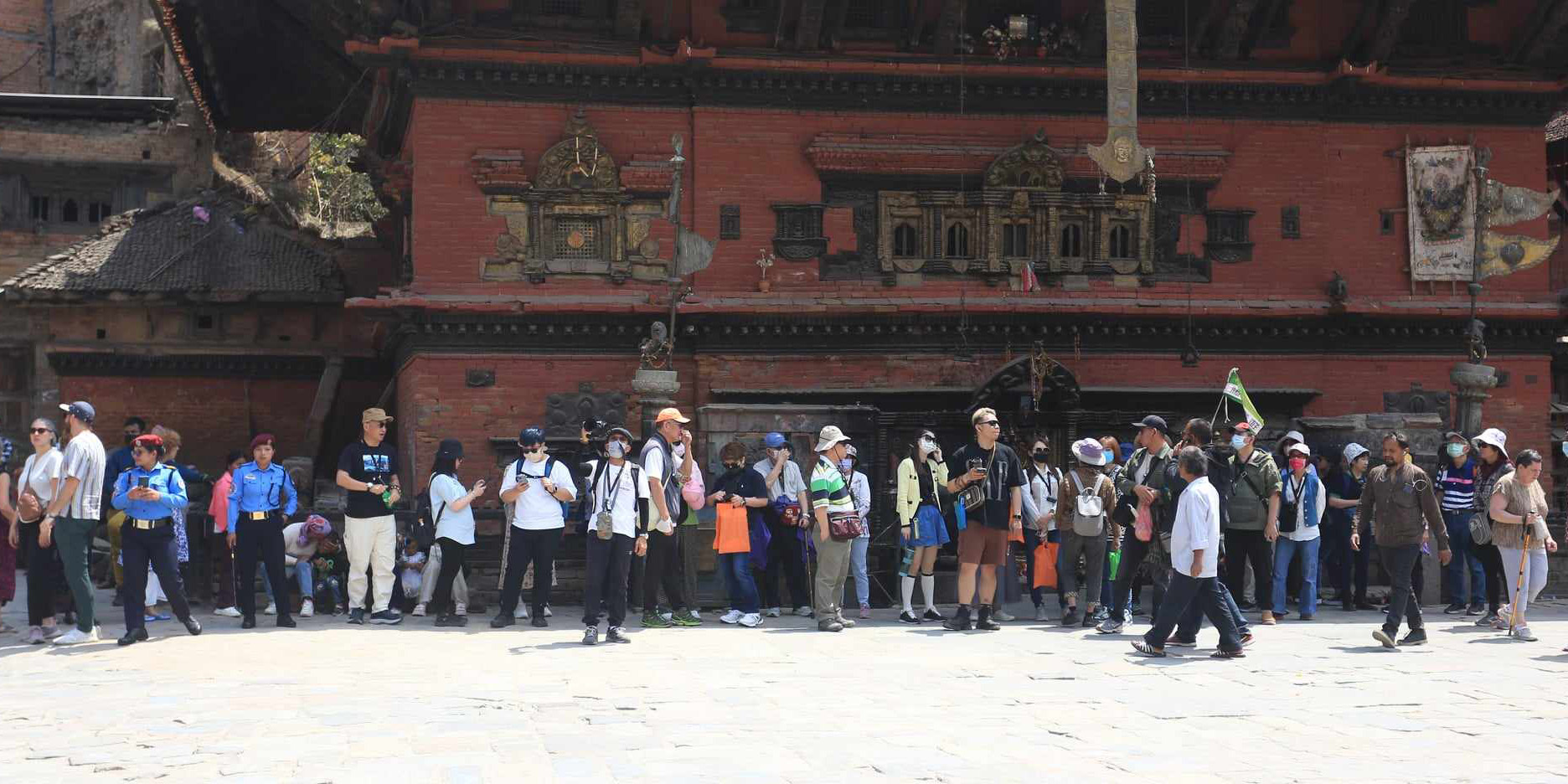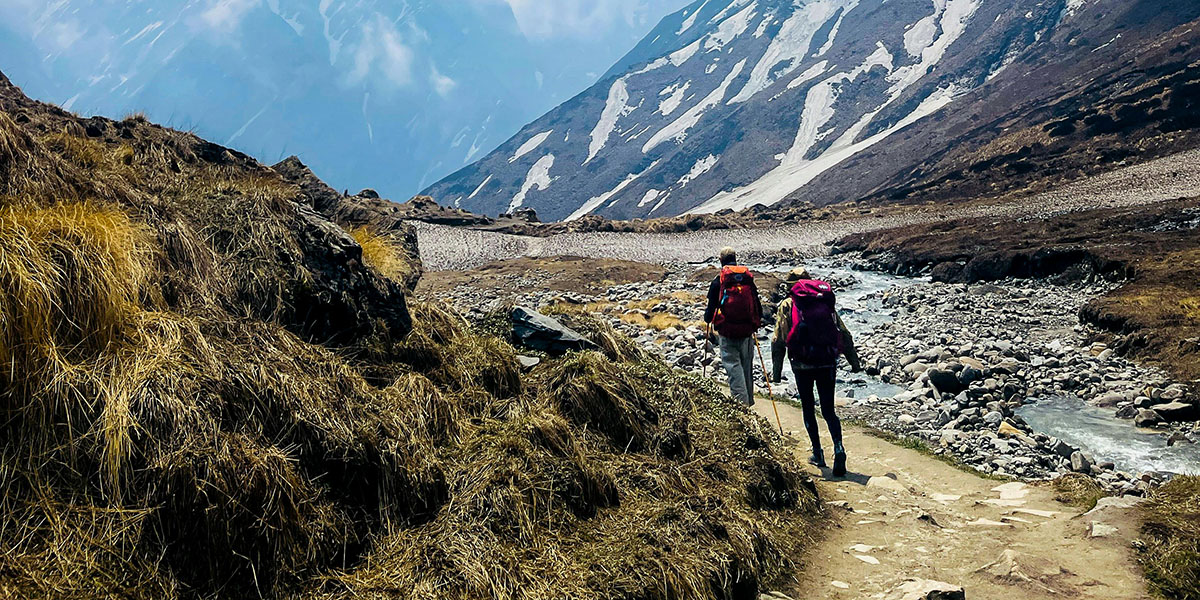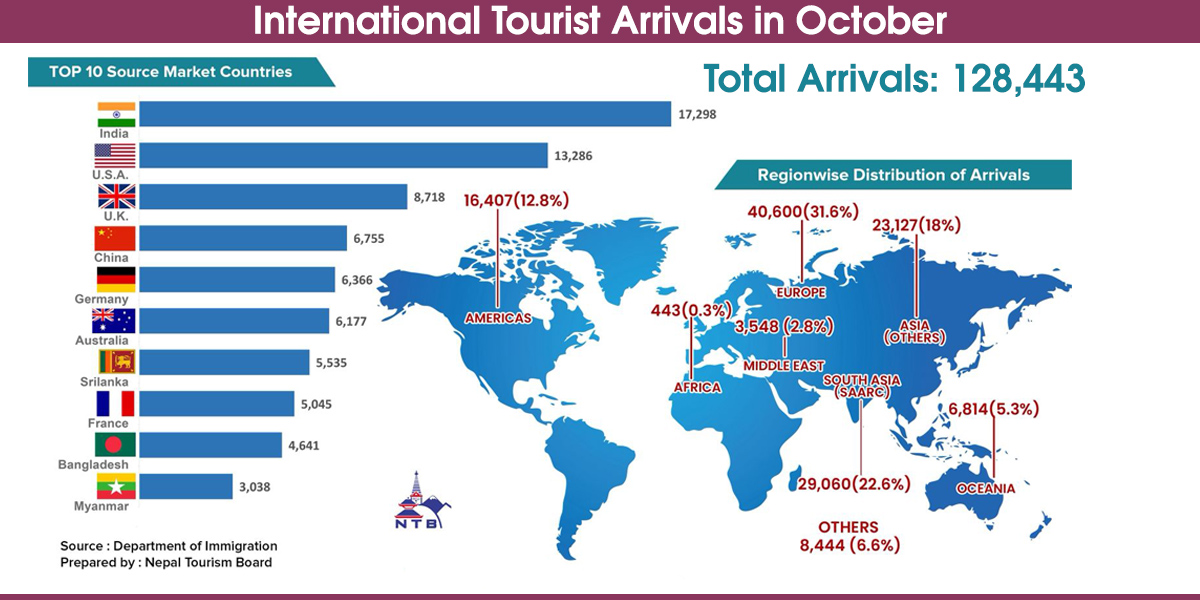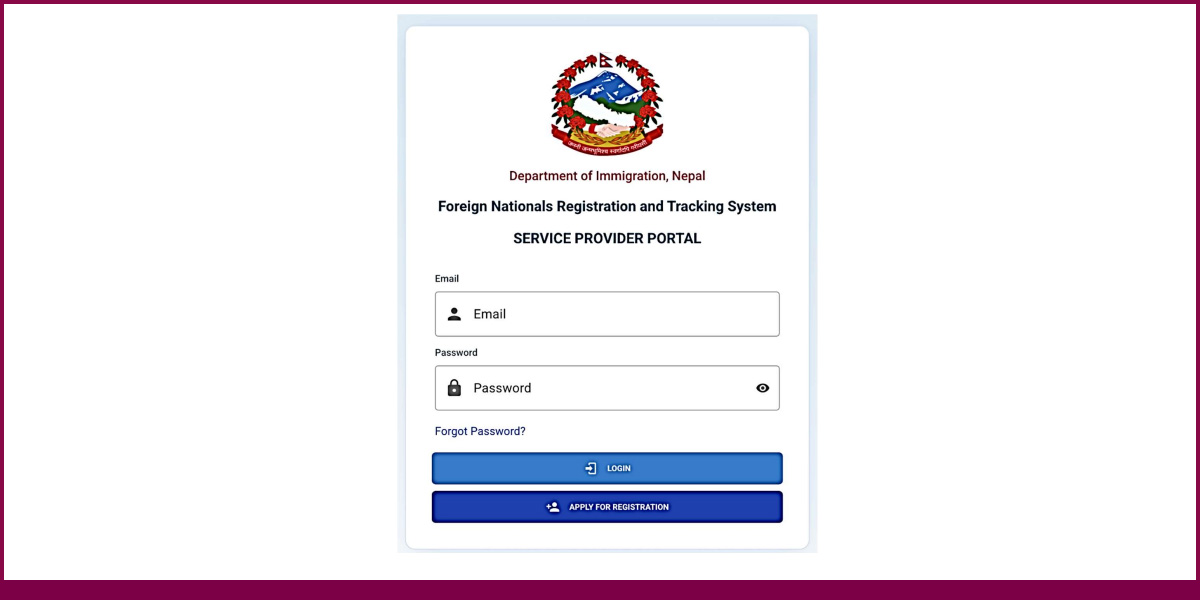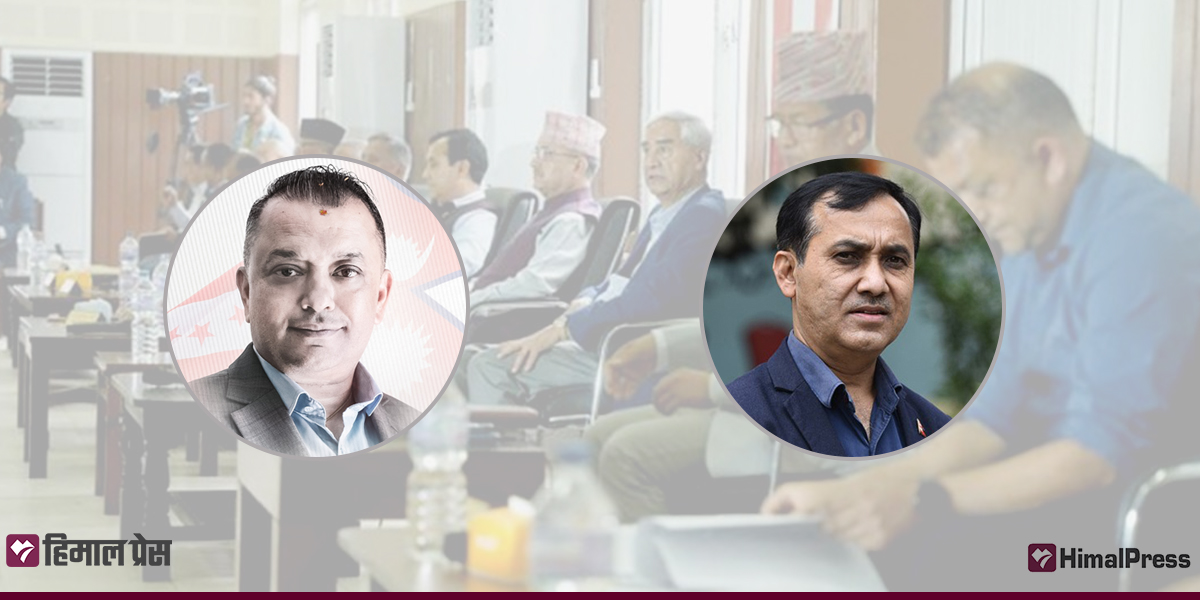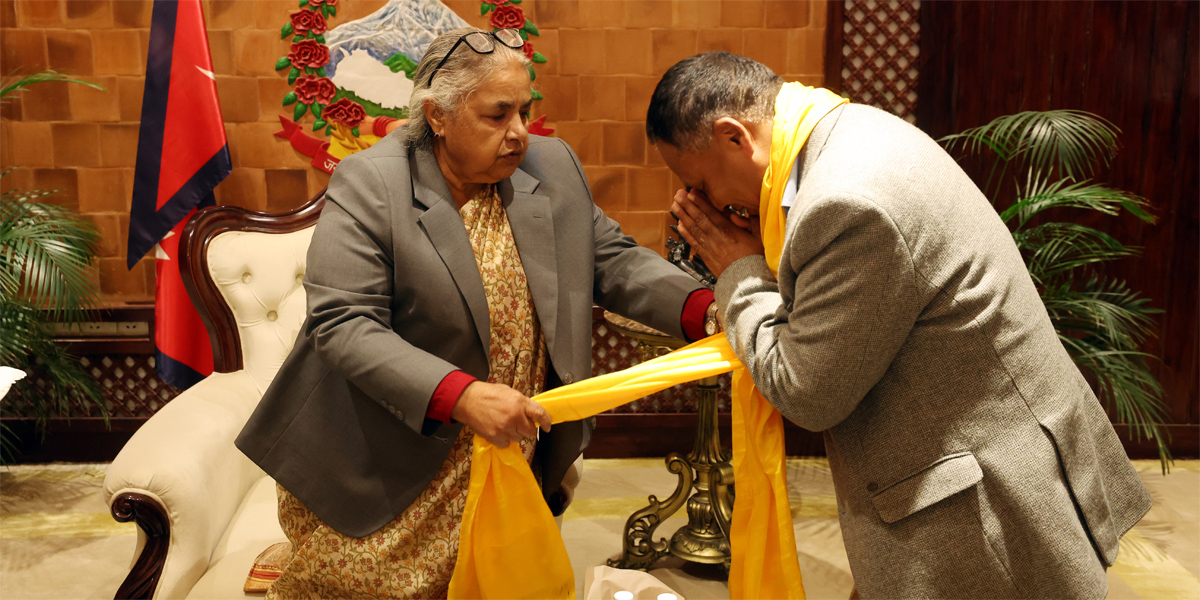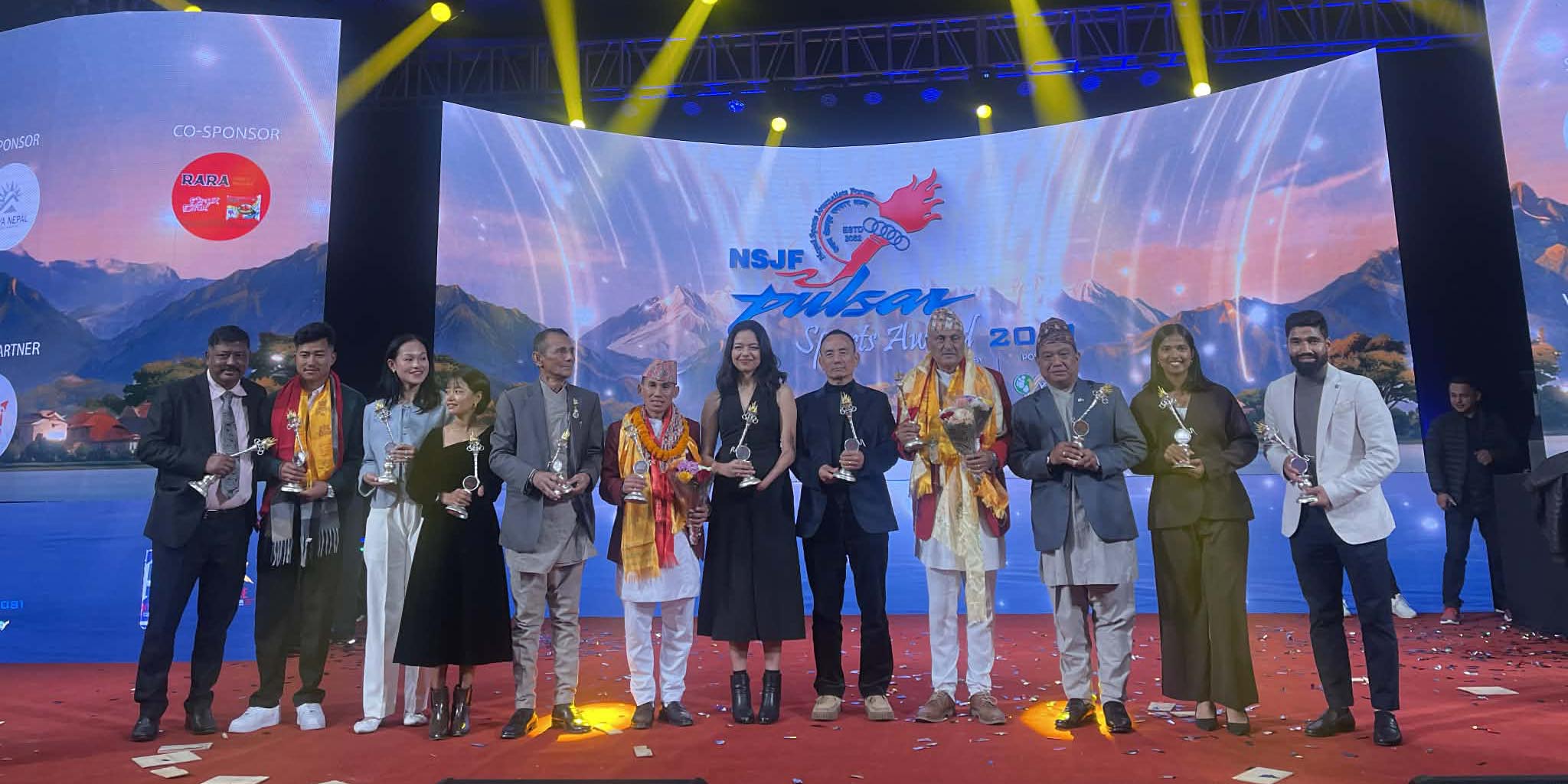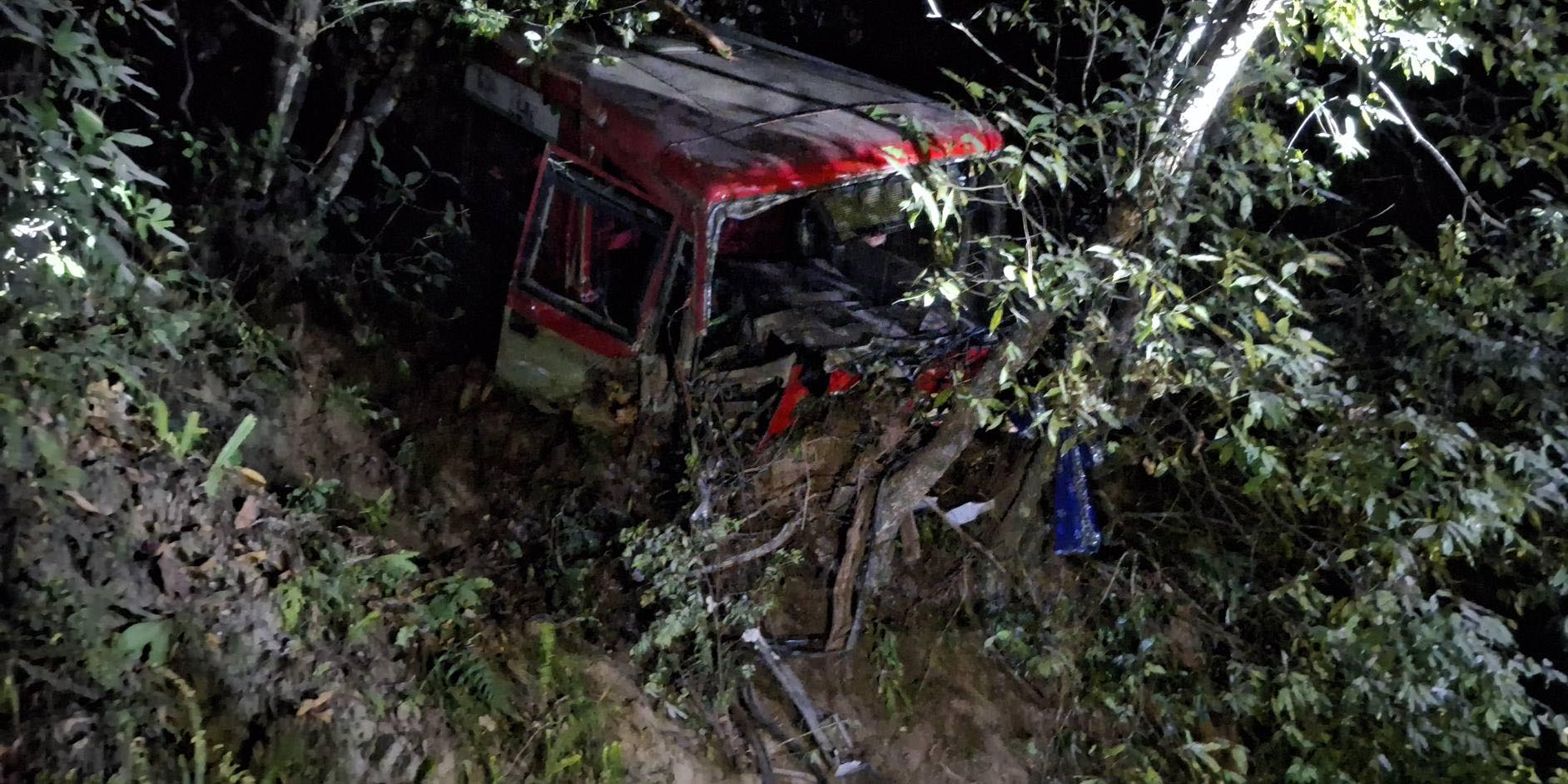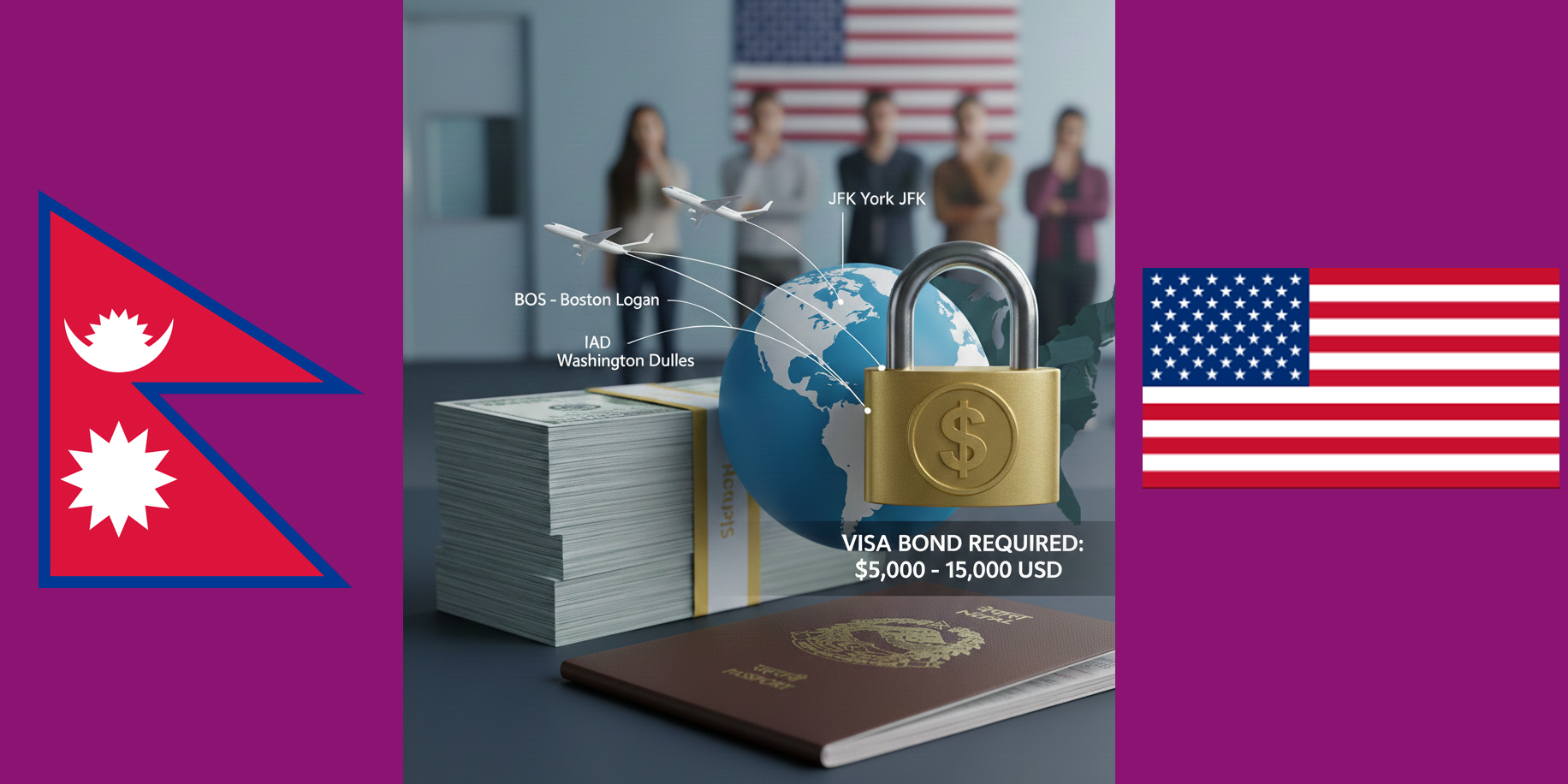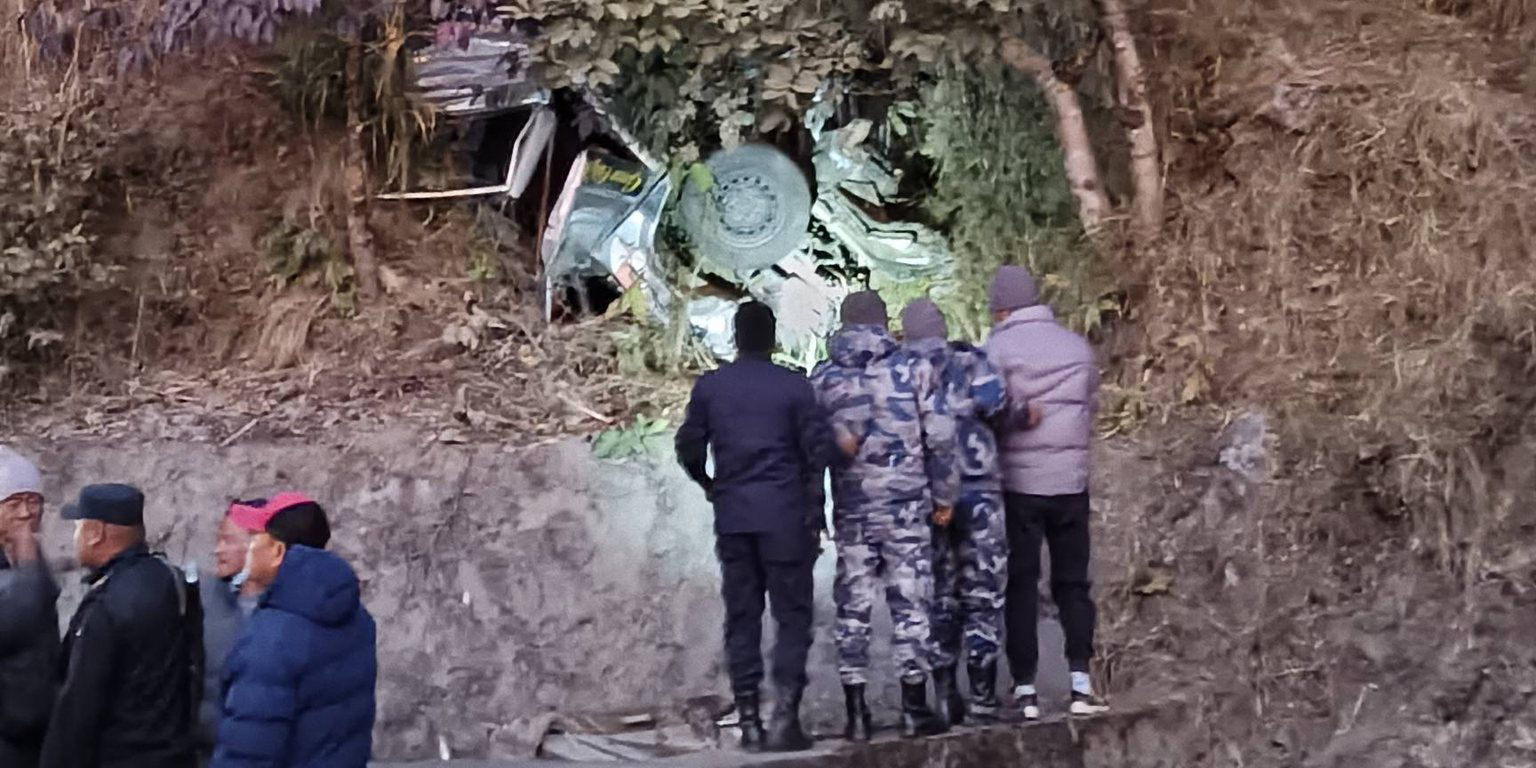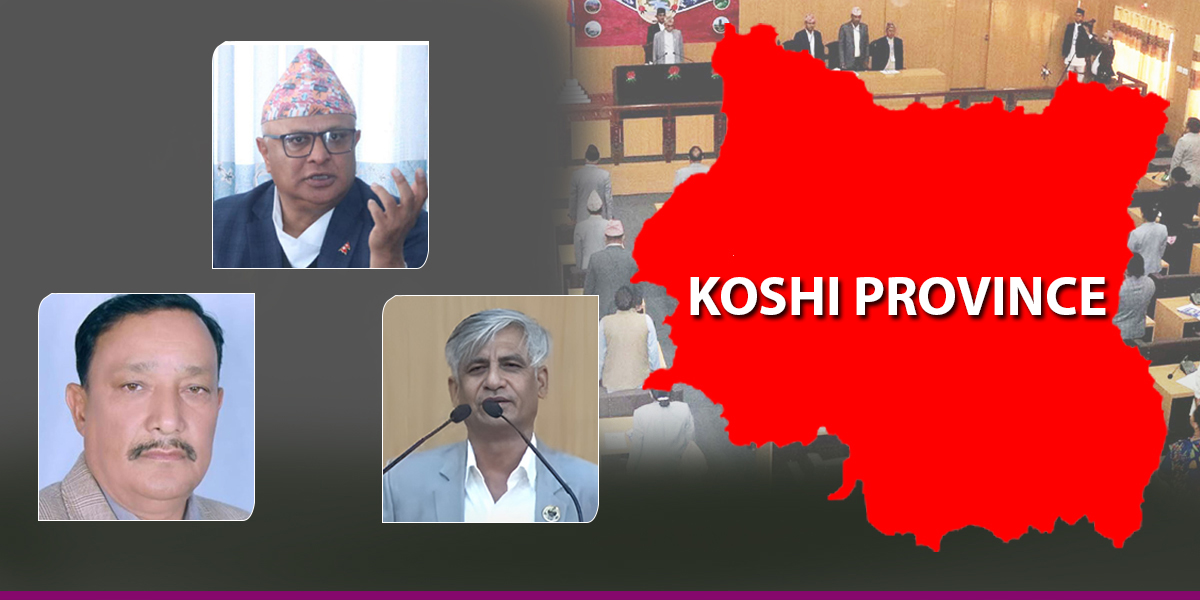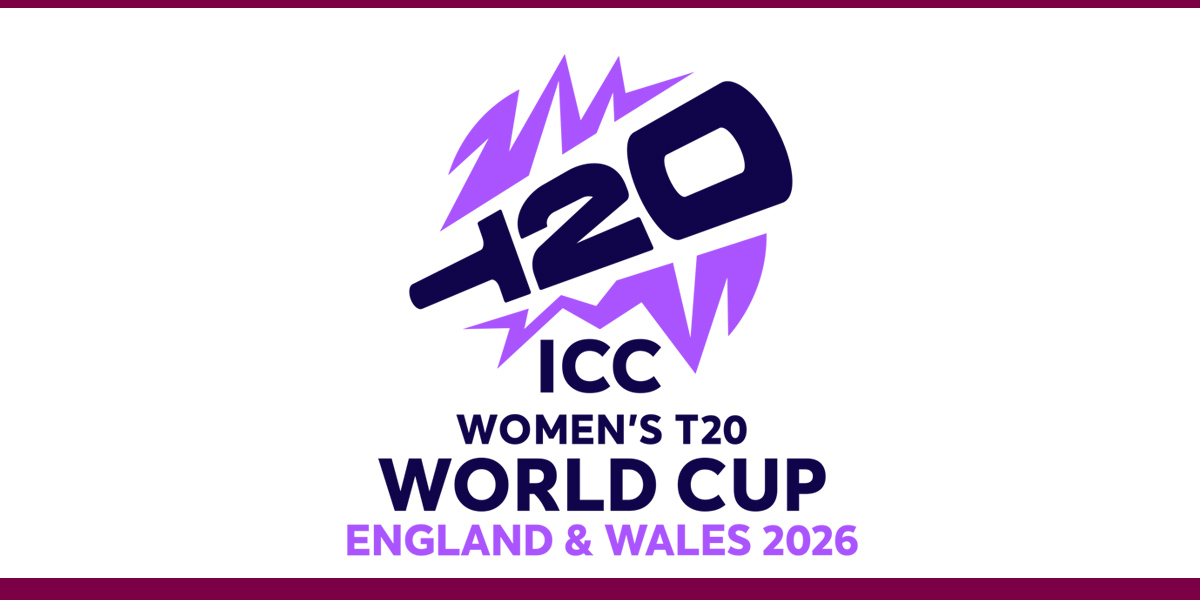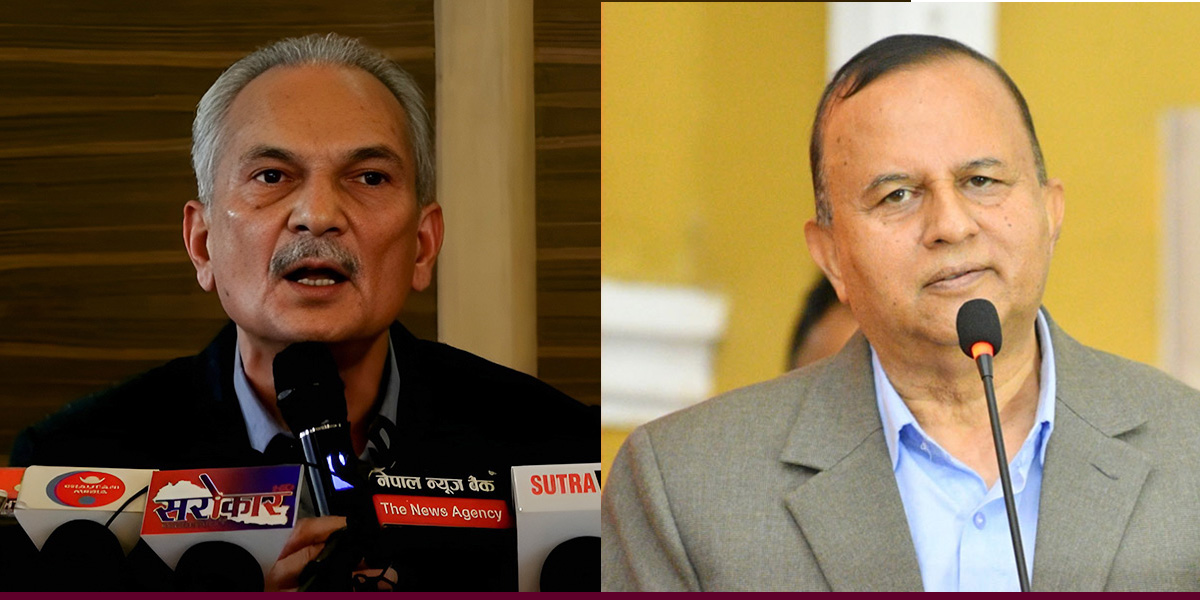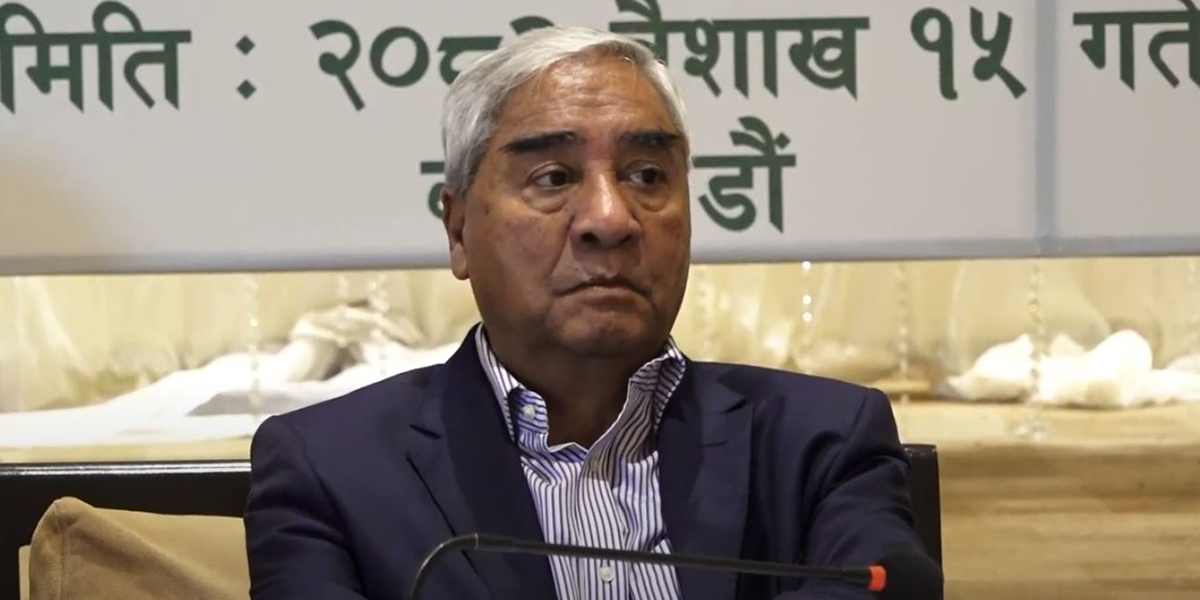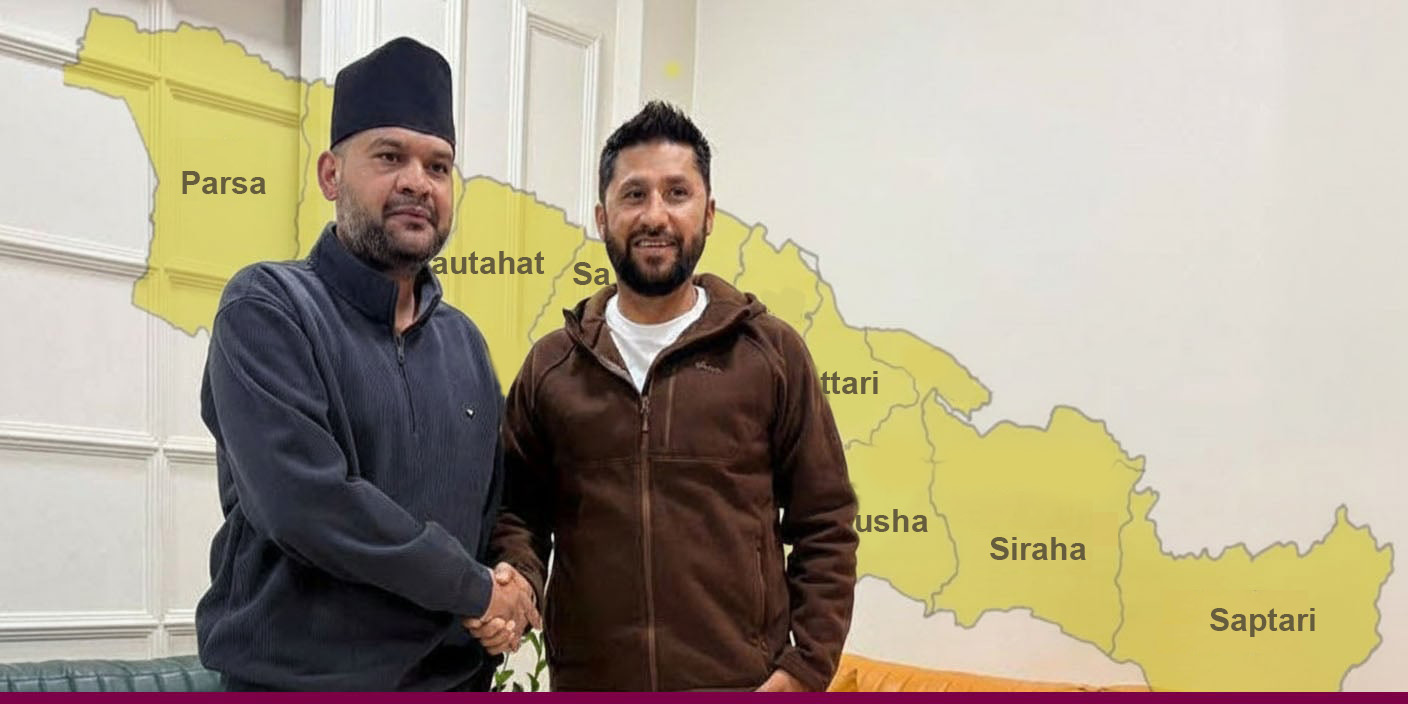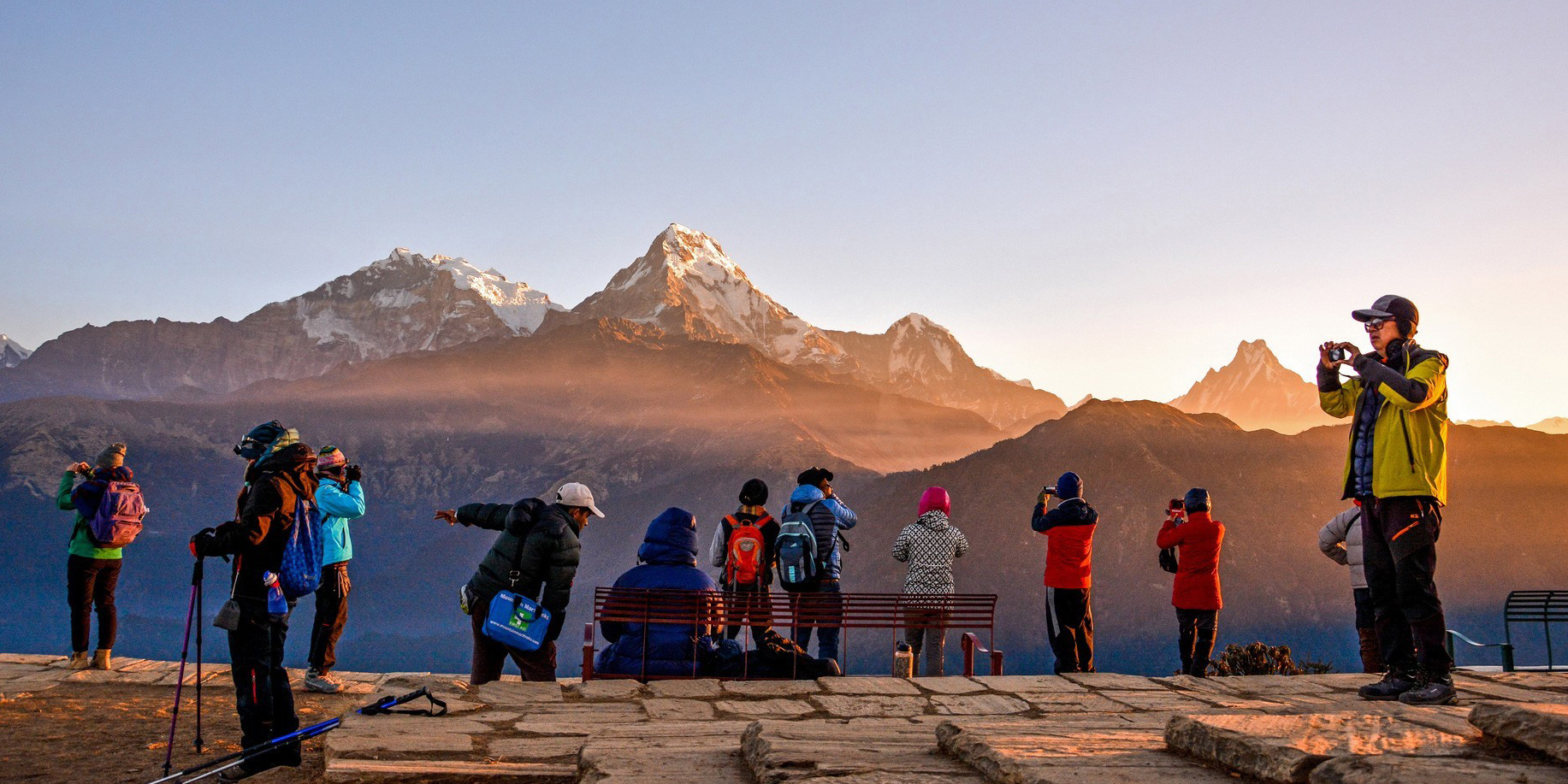 Tourists enjoy views of mountains at Poon Hill in the Annapurna Region in this undated photo. (Photo Courtesy: NTB)
Tourists enjoy views of mountains at Poon Hill in the Annapurna Region in this undated photo. (Photo Courtesy: NTB)
KATHMANDU: Tourism, which has faced significant disruptions due to the COVID-19 pandemic, is gradually recovering. In April, Nepal witnessed a positive trend in tourism, with 98,773 foreign tourists arriving in the country via air travel. Comparatively, the number of foreign tourist arrivals in March was slightly higher at 99,426.
The arrival figures in Nepal for the first four months of 2023 have reached 326,528. Currently, Nepal is in the midst of the spring season, also known as the climbing season, which traditionally attracts a significant number of tourists. Travel industry professionals are optimistic that tourist arrivals will continue to increase in the upcoming months.
In terms of recovery, the tourism industry in Nepal showed positive signs in 2022 following the severe impact of the pandemic in 2020 and 2021. Last year, Nepal welcomed 546,000 foreign tourists, which accounts for nearly 50% of the annual arrival figures before the pandemic struck. In 2020, Nepal received 230,000 foreign tourists as the pandemic through global tourism industry out of gear. The decline continued into 2021, with 151,000 foreign tourists visiting Nepal.
Nepal welcomed nearly one million tourists through air and land routes in 2011. This was a notable milestone for the country’s tourism industry. Prior to the pandemic, in 2019, Nepal reached its highest-ever tourist arrival figures, with 1.19 million tourists visiting the country.
In 1998, Nepal celebrated Visit Nepal Year, aiming to attract and showcase the country’s natural beauty and cultural heritage to international visitors. Similarly, in 2011, Nepal designated it as Nepal Tourism Year 2011, focusing on boosting tourism and highlighting various aspects of the country. Unfortunately, the COVID-19 pandemic disrupted Nepal’s plans for Visit Nepal 2020, which was intended to be a significant tourism campaign with the ambitious goal of attracting two million foreign tourists.
The COVID-19 pandemic has brought about significant changes in people’s behavior and preferences. As the pandemic confined individuals to limited geographical areas for an extended period, there has been a noticeable shift in travel patterns.
The COVID-19 pandemic has brought about significant changes in people’s behavior and preferences. As the pandemic confined individuals to limited geographical areas for an extended period, there has been a noticeable shift in travel patterns. A study titled ‘Tourism During and After Covid-19’ highlights the changing style of tourism worldwide. The prolonged period of indoor restrictions has led to a transformation in the behavior of individuals. They have become more conscious about their health, not only in terms of eating and walking but also during their stay at hospitality establishments. This change in behavior has influenced their expectations and requirements when it comes to travel and accommodation choices. The study emphasizes the need for the tourism market to understand the evolving nature of guests and adapt their services accordingly.
Binayak Shah, the president of the Hotel Association of Nepal (HAN), concurs with the observation. Shah said that almost all tourists have embraced digital technologies, highlighting the growing trend of digitization in the tourism industry. “Furthermore, tourists have become increasingly mindful of health standards, hygiene practices, and food quality,” he added.
Publicity styles are changing
The advancement of information technology has brought about a transformation in the way tourism destinations are promoted to attract tourists. The COVID-19 pandemic, in particular, has accelerated the adoption of digital media for promotional purposes. In line with this technological shift, the Nepal Tourism Board (NTB) has embraced social media platforms as a means to promote Nepal’s tourism destinations. Previously, the NTB relied on traditional methods such as printing stickers, brochures, calendars, books, and other tangible materials to promote Nepal. However, in response to the changing landscape, they have now shifted their focus to platforms like Facebook, Twitter, Instagram, YouTube, and their official webpage.
Dr Dhananjaya Regmi, the CEO of the Nepal Tourism Board, said tourism promotion through social media channels was effective and cost-efficient. He said one can reach a global audience by simply uploading photos or information.
Social media has made it easy for both domestic and international tourists to gather information about various destinations. “By viewing photos and videos on social media platforms, travelers can get a glimpse of the attractions and make informed decisions about visiting those places,” Regmi added.
NTB’s adoption of social media as a promotional medium has yielded positive results, reflected in the growing number of followers on their accounts. Its Twitter account has surpassed 48,500 followers, while the Facebook page boasts 183,000 followers, and the Instagram account has amassed 48,000 followers.
Infrastructure bottlenecks
Experts say while the tourism industry has shown signs of recovery after the COVID-19 pandemic, it has not progressed as anticipated due to infrastructure limitations. Shah of HAN pointed out that while the behavior and preferences of tourists have evolved significantly, the physical infrastructure supporting reliable digital connectivity remains a critical concern.
The state of physical infrastructure connecting popular tourist destinations in Nepal is a matter of concern. The sorry state of these roads has had a significant impact on the tourism industry. One such example is the road leading to Nagarkot, a destination near the capital city of Kathmandu. The construction of this road has been delayed for seven years, hampering accessibility to this popular tourist spot. Similarly, the road connecting Pokhara, another major tourist destination, has been in a deteriorated state for three years, causing difficulties for visitors and affecting their overall experience. Additionally, the Narayanghat-Butwal road section, which connects to Lumbini, an important pilgrimage destination, has been in a dilapidated condition for four years as it undergoes degradation.
Issues such as arbitrary taxi fares after leaving the airport, poor condition of highways, and unreliable public transport have had a detrimental effect on the tourism sector’s growth and potential.
The lack of international flights from Pokhara and Bhairahawa limits direct access to these destinations for international tourists. Moreover, the high cost of domestic airfares can be a deterrent for travelers, impacting their ability to explore different regions within Nepal. The restrictions on Nepali airlines to fly in European airspace have further limited international flight options and connectivity.
In terms of digitization, while there has been an increase in its adoption, reliability still remains an issue. The criteria for withdrawing money from ATMs and occasional problems with digital payment methods such as point of sale (POS) and QR codes create inconvenience for both tourists and locals. Legal complications in currency exchange have been creating problems for tourists from various countries.
The lack of private sector investment in the infrastructure sector, except in hotels, has negatively impacted the tourism industry in Nepal. Issues such as arbitrary taxi fares after leaving the airport, poor condition of highways, and unreliable public transport have had a detrimental effect on the tourism sector’s growth and potential.
Shah said that the development of the tourism sector has fallen short of expectations due to these reasons. He emphasized the need for the government to go beyond tourism promotion and prioritize the expansion and improvement of infrastructure and related services.
To address these concerns, the government has implemented ‘Nepal’s National Tourism Strategic Plan 2016-2025’. This strategic plan outlines 11 goals aimed at the overall development of the tourism sector. The strategic plan focuses on establishing Nepal’s global brand presence, improving the investment and business climate, developing human resources, and enhancing service delivery in areas such as food, accommodation, and security.
Travel trade people, however, have expressed their dissatisfaction with its implementation. Stating that improving infrastructure and administrative mechanisms governing the tourism industry was the need of the hour, Shah said it would play a pivotal role in transforming the tourism sector.



